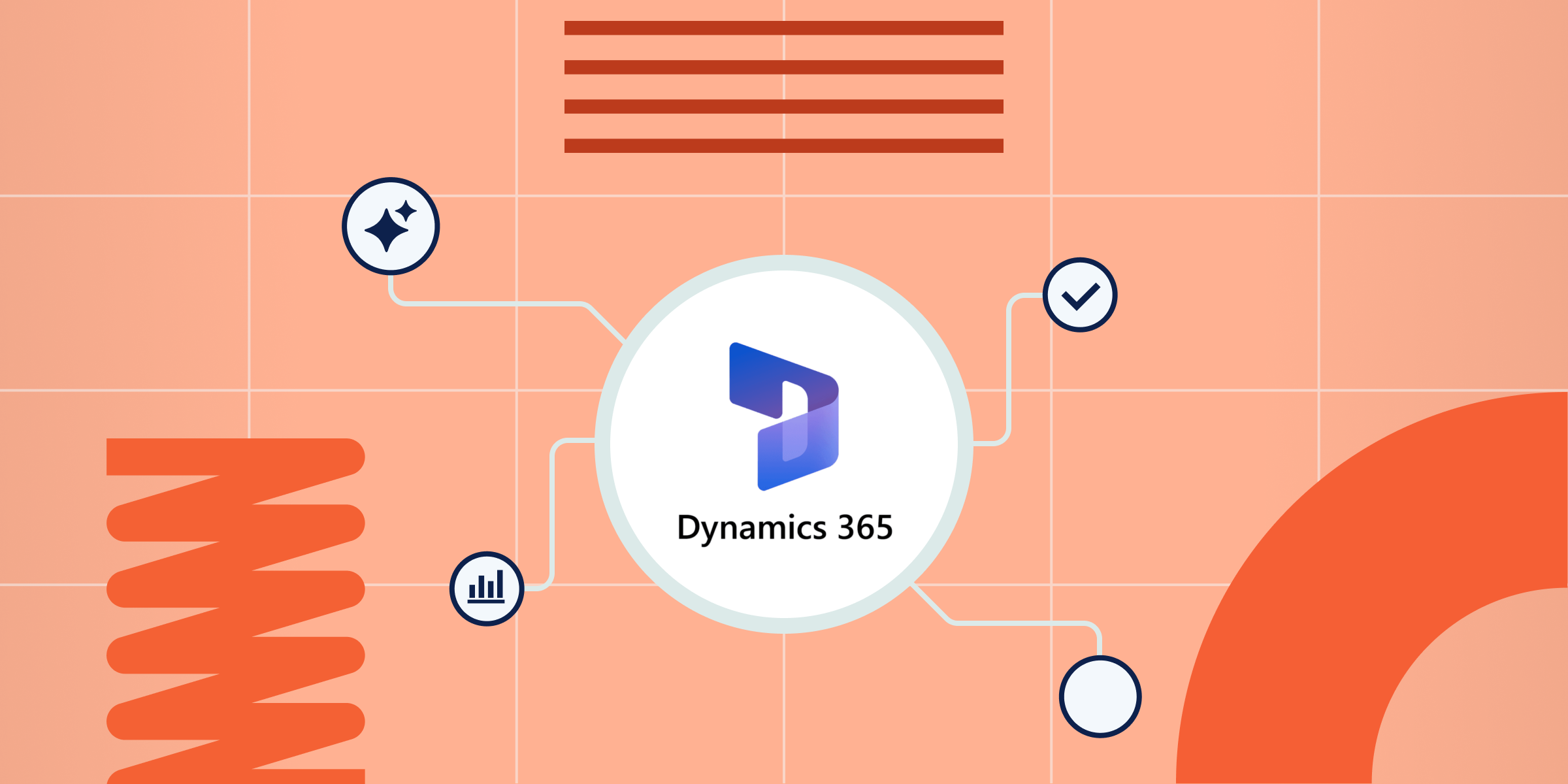The Challenges of Complexity and How CPQ and Document Automation Solve Them

The complexity of B2B environments continues to grow, with factors ranging from increased customer expectations to departmental siloes contributing to the problem. Particularly as businesses scale their operations, processes and information sharing can get bogged down by competing needs — such as the pressure to maintain the same service and product quality while operating as efficiently as possible.
One of the primary ways that organizations deal with increasing complexity is by automating their routine processes, reducing the amount of manual work needed across teams. In this article, we’ll cover several of the key benefits of Configure, Price, Quote (CPQ) tools and document automation software while examining how they address the challenges that businesses face as complexity increases.
Challenge #1: Siloed Systems and Data Rely on Manual Work to Stay Updated
For many organizations, sharing data between different platforms is still a manual and time-intensive process, requiring stakeholders to copy and paste information between the CRM and ERP, or other software that may be in use. As business grows, these inefficiencies can quickly add up and drastically impact productivity across the entire company.
With a CPQ tool, it’s easy to pull data directly from a CRM system to put product configuration options, associated prices, as well as any dependencies, together into a quote for the customer. CPQ software can also store a robust library of business rules, which enables key features such as guided selling. In addition to accelerating the quoting process, the flexibility of the software empowers sales teams to showcase different configuration options quickly and easily, with visualizations and pricing updates in real-time.
When used in conjunction with CPQ software, document automation can simplify the entire sales process and streamline the creation of any contracts or bill of materials (BOM) needed in the closing stages of a deal. By fully automating the process, organizations can cut down on the double work that gets done managing critical information and focus more on their strengths. As a bonus, quotes, contracts, invoices, and other documents will have more accurate information since document automation can pull the latest information from any system.
Challenge #2: Growing the Business Adds Complexity to Processes and Systems
As companies grow and expand the number of customers they can serve, they also add complexity to their operations. There are a lot of ways that rapidly scaling growth can slow down key processes if left unchecked:
- Organizations expanding into different regions have a larger number of languages to consider, as well as different product configuration options based on geography.
- As departments and teams grow, the harder it can be to communicate key information between teams.
- Expanding product offerings can entice customers, but it also scales the complexity of the configuration and pricing process, since there are more variables to consider.
CPQ software and document automation tools help to solve these challenges by automatically pulling data, configuration features and pricing from enterprise core systems, and streamlining the creation and generation of multilingual business documents. In addition to making sales and other processes more efficient, bringing together siloed data sets provides more visibility over which products are being sold. This helps to inform sales training and provide leadership with more insight into the positioning that works or doesn’t work for their business.
Challenge #3: Ever-Increasing Customer Expectations Must Be Met Quickly
As more organizations make strategic investments in digital solutions, customers’ expectations regarding quality and speed of service are increasing. Today’s businesses must understand their customers’ needs more comprehensively and be ready with solutions that meet them — before those customers turn to the competition.
When sales teams rely on manual work to deliver a quote, the quoting process can extend to hours or even days. In a selling environment that is increasingly driven by digital innovation, this causes both customer frustration and lost sales. And, for growing organizations that want to meet customers’ demands for more customizability, the core issue of complexity escalates due to an ever-increasing number of options and dependencies that must be tracked to build accurate products.
In addition to speeding up the process, the increased efficiency provided by CPQ software allows sales teams to pay more attention to potential customers; they can spend more time thinking about the best way to position products and reviewing customization options with prospects, ultimately improving the customer experience.
Similarly, document automation has numerous advantages outside of efficiency gains. With conditional content, for example, organizations can produce personalized documents rather than using the same content for every customer.
Challenge #4: Complex Configurations and Document Needs Make Accuracy a Larger Challenge
Organizations with dozens, or thousands of configuration options have power to deliver exactly the right products to any customer. However, the number of different options, possible discounting and dependencies can also make it difficult to deliver accurate quotes quickly, every time.
A CPQ tool combined with document automation software has the ability to apply business logic and complex rules to data from a CRM or ERP system to quickly configure the right products, at the right prices, and deliver accurate, customized quotes and other business documents. This allows companies to simplify even the most complex sales processes while improving consistency and accuracy.
Scale Your Business Without Scaling the Complexity of Running It
Many businesses have turned to digital solutions to help streamline processes to keep up with growth and customer demands. Implementing a CPQ software to support sales can simplify every stage of the sales process for organizations with complex configurable products. When integrated with CPQ, document automation software can bridge the rest of the gap between talking with a prospect and securing the sale.
On its own, document automation software is also a highly versatile solution that can help to streamline any routine document generation process. For example, customers have leveraged our software to automate and simplify workflows for a wide variety of document use cases, such as generating and signing contracts, self-service investment performance reporting and health benefits enrollment. Any organization that is heavily relying on documents for daily operations will immediately see the benefits of our software.



